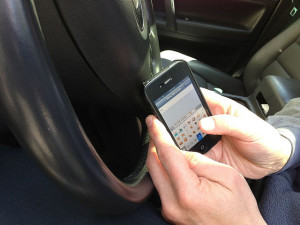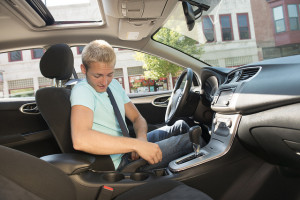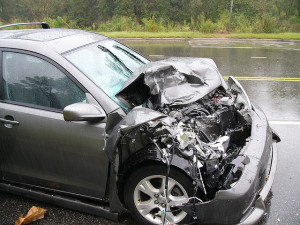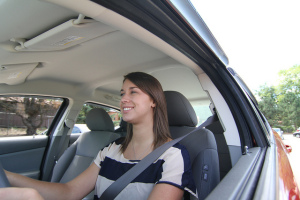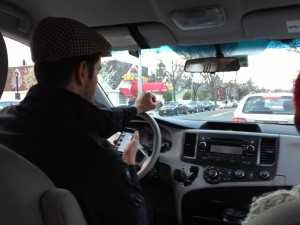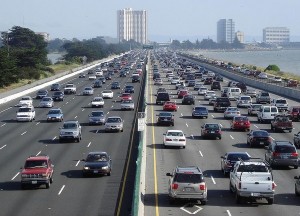The death toll on U.S. highways rose 8.1 percent in the first half of 2015.
According to new figures from the Transportation Department, low fuel prices have contributed to a jump in miles driven by Americans.
The preliminary figures represent a “troubling departure” from a general downward trend over the past decade, the National Highway Traffic Safety Administration said in a report released Tuesday.
In 2014, the fatality rate hit an all-time low.
Americans drove about 51.9 billion miles more in the first half of 2015 than the same period last year, which equates to about a 3.5 percent increase, according to the NHTSA. Job growth and low fuel prices also may be factors in the sudden, unexpected surge in highway fatalities, the agency said. There was also more leisure travel and driving by young people, which can contribute to higher fatality rates.
The sad news is that the death rate also increased. Fatalities per million vehicle-miles driven rose in the first half of 2015 was 1.06 percent, or 4.4 percent higher than the same period in 2014.
In final figures for 2014, 32,675 people died in U.S. motor-vehicle crashes, a 0.1 percent decline from 2013. The fatality rate declined to 1.07 deaths per million vehicle-miles traveled, which was a record low for a complete year.
States in the Southeast — Florida, Alabama, Georgia, South Carolina and Tennessee — saw a 15 percent increase in fatalities. The second highest increase, 11 percent, was recorded in a group of Western states: Montana, Idaho, Oregon and Washington. California and Arizona saw no increase in fatalities, and the New England region saw an increase of 1 percent.
The biggest factors in traffic fatalities remain the lack of seatbelt use and drunk driving, according to reports. Nearly half of all people killed in road crashes do not wear seat belts, and one-third of all fatalities are in crashes involve intoxicated drivers.
Distracted driving accounted for 3,179 deaths in 2014, about 10 percent of the total. Drowsy driving was involved in 2.6 percent of the fatalities.
States without mandatory motorcycle helmet laws saw a “far higher” number of fatalities than states with mandatory helmet laws, according to reports. There were 1,565 motorcycle deaths in 2014.
Bicyclist deaths declined by 2.3 percent, but pedestrian deaths rose by 3.1 percent from the previous year. In 2014, there were 726 cyclists and 4,884 pedestrians killed in motor vehicle crashes.
 Florida Personal Injury Lawyers Blog
Florida Personal Injury Lawyers Blog



